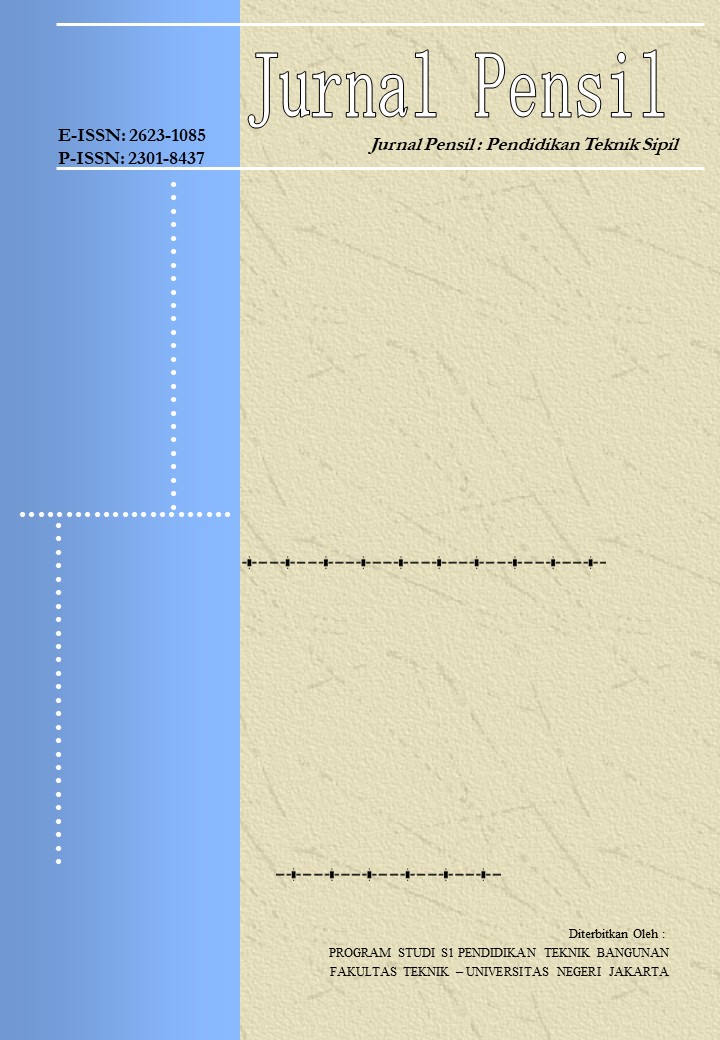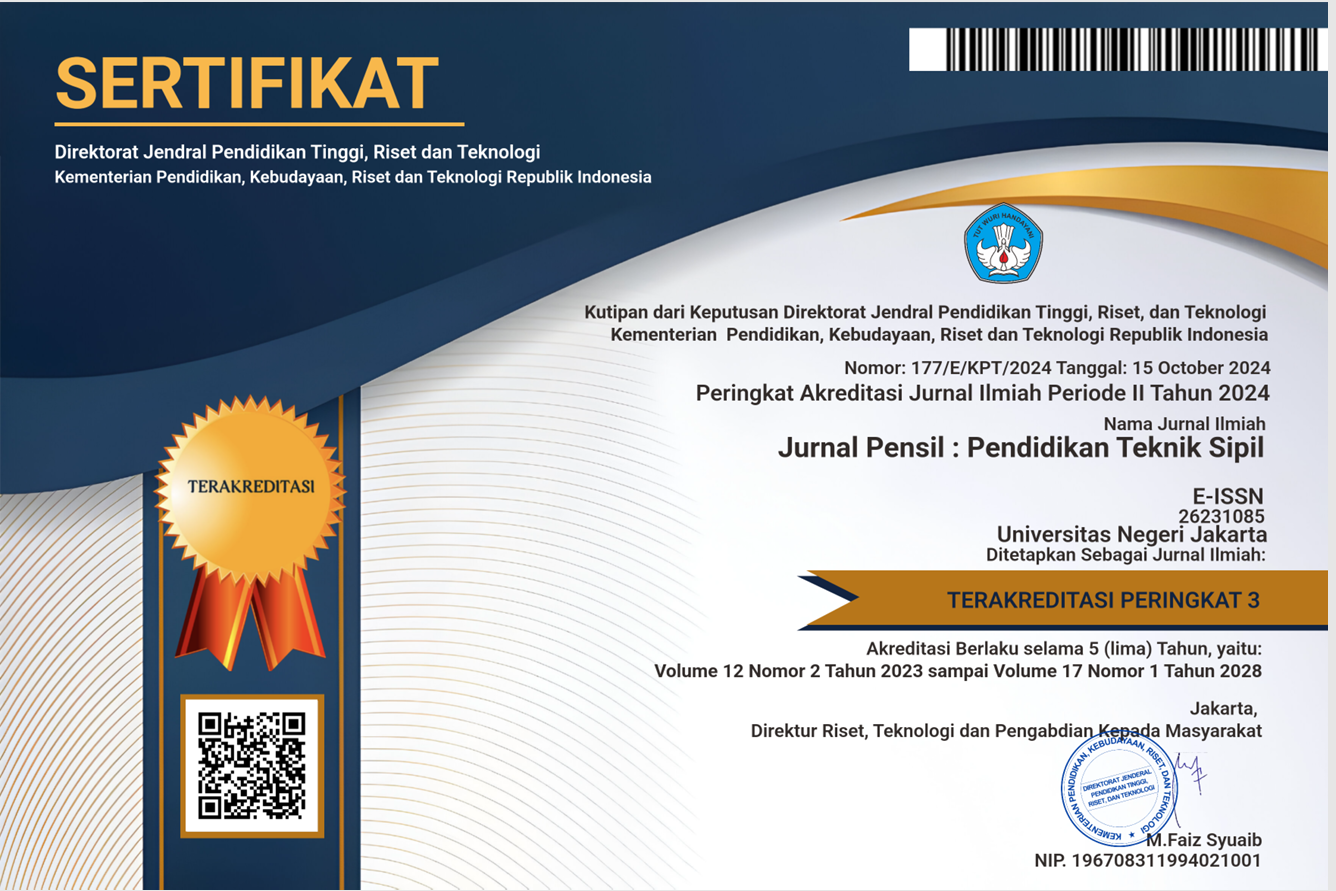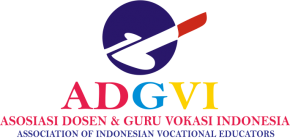THE EFFECT OF COGNITIVE FLEXIBILITY ON IMPROVING CLEAN AND HEALTHY LIVING BEHAVIOR IN ELEMENTARY SCHOOL STUDENTS
DOI:
https://doi.org/10.21009/jpensil.v11i3.28426Keywords:
Cognitive Flexibility, Clean And Healthy Living Behavior, Environmental HealthAbstract
The emergence of various diseases that often attack school-age children (ages 6-14) was generally related to Clean and Healthy Life Behavior. The purpose of clean and healthy life behavior in schools is to empower students, teachers, and the community in the school environment so that they know and are willing and able to practice clean and healthy life behavior and take an active role in realizing healthy schools. Therefore, instilling clean and healthy life behavior values in schools is an essential and absolute need that can be done through persuasive activities and cognitive flexibility abilities. Cognitive flexibility is the ability to think about things in different ways. This study aims to determine the effect of cognitive flexibility on improving clean and healthy life behavior in elementary school students. The method used is a quantitative correlation, with data analysis using SPSS. Data collection was carried out by distributing questionnaires through Google Form. The study was conducted in one elementary school in Jakarta in grades 1st to 6th, with 125 students as respondents. The improvement of Clean and Healthy Life Behavior is assessed from 3 indicators of cognitive flexibility and 8 indicators of clean and healthy life behavior in schools.
References
Altalib, H., AbuSulayman, A., & Altalib, O. (2022). The Road to a Healthy Child : Hygiene , Nutrition , Physical Exercise , and Sleep. JSTOR.
Aprianto, A., Praherdhiono, H., & Wedi, A. (2021). Pengaruh Pembelajaran Berbasis Masalah dengan Penguatan Keterampilan Fleksibilitas terhadap Hasil Belajar Kognitif. Edcomtech: Jurnal Kajian Teknologi Pendidikan, 6(2), 264–274. https://doi.org/10.17977/um039v6i12021p264
Biswas, A. (2020). A Nexus Between Environmental Lteracy, Environmental Attitude and Healthy Living. Environmental Science and Pollution Research, 27(6), 5922–5931. https://doi.org/10.1007/s11356-019-07290-5
Bridgers, S., Jara-Ettinger, J., & Gweon, H. (2020). Young Children Consider the Expected Utility of Others’ Learning to Decide What to Teach. Nature Human Behaviour, 4(2), 144–152. https://doi.org/10.1038/s41562-019-0748-6
Butler, L. P. (2020). The Empirical Child? A Framework for Investigating the Development of Scientific Habits of Mind. Child Development Perspectives, 14(1), 34–40. https://doi.org/10.1111/cdep.12354
Cartwright, K. B., Marshall, T. R., Huemer, C. M., & Payne, J. B. (2019). Executive Function in the Classroom: Cognitive Flexibility Supports Reading Fluency for Typical Readers and Teacher-Identified Low-Achieving Readers. Research in Developmental Disabilities, 88(March), 42–52. https://doi.org/10.1016/j.ridd.2019.01.011
Costa, A. L., & Kallick, B. (2012). Belajar dan Memimpin dengan “Kebiasaan Pikiran 16” Karakteristik Penting untuk Sukses. PT. Indeks.
Dermawan, D. (2012). Buku Ajar Keperawatan Komunitas Edisi 1. Gosyen Publishing.
Diana, F. M., Susanti, F., & Irfan, A. (2014). Pelaksanaan Program Perilaku Hidup Bersih dan Sehat (PHBS) di SD Negeri 001 Tanjung Balai Karimun. Jurnal Kesehatan Masyarakat, 8(1), 46–51.
Filippi, R., Ceccolini, A., Booth, E., Shen, C., Thomas, M. S. C., Toledano, M. B., & Dumontheil, I. (2022). Modulatory Effects of SES and Multilinguistic Experience on Cognitive development: a longitudinal data analysis of multilingual and monolingual adolescents from the SCAMP cohort. International Journal of Bilingual Education and Bilingualism. https://doi.org/10.1080/13670050.2022.2064191
Hermiyanty, Salmawati, L., & Oktavian, F. (2016). Evaluasi Implementasi Program Sekolah Dasar Bersih dan Sehat di Kota Palu. Jurnal Preventif, 7, 13–20.
Jauhari. (2020). Perilaku Hidup Bersih Dan Sehat Pada Anak Usia Dini Di Masa Pandemi Covid 19. Jurnal Buah Hati, 7(2), 169–181. https://doi.org/10.46244/buahhati.v7i2.1172
Julianti, R., & Nasirun, H. M. (2018). Pelaksanaan Perilaku Hidup Bersih Dan Sehat (PHBS) Di Lingkungan Sekolah. Jurnal Ilmiah Potensia, 3(2), 11–17. www.dinkes.go.id
Kassymova, K., Kosherbayeva, N., Sangilbayev, S., & Schachl, H. (2018). Stress Management Techniques for Students. International Conference on the Theory and Practice of Personality Formation in Modern Society (ICTPPFMS-18), 198, 47–56. https://doi.org/10.2991/ictppfms-18.2018.10
La Patilaiya, H. (2021). Empowerment Program In Improving Healthy Behavior In Students Throuh PHBS In State Elementary Schools (SD) 25 Ternate City. International Journal Of Community Service, 1(1), 55–60. https://doi.org/10.51601/ijcs.v1i1.10
Makmur, M., Sujana, T., & Kinasih, A. (2017). Strategi Program Kesehatan Puskesmas di Sekolah Dasar. Jurnal Ilmu Keperawatan Dan Kebidanan, 8(2), 107. https://doi.org/10.26751/jikk.v8i2.301
Marcen, C., Piedrafita, E., Oliván, R., & Arbones, I. (2022). Physical Activity Participation in Rural Areas: A Case Study. International Journal of Environmental Research and Public Health, 19(3). https://doi.org/10.3390/ijerph19031161
Mayne, S. L., Virudachalam, S., & Fiks, A. G. (2020). Clustering of unhealthy behaviors in a nationally representative sample of U.S. children and adolescents. Preventive Medicine, 130(June 2019), 105892. https://doi.org/10.1016/j.ypmed.2019.105892
Morton, B. (2020). Executive functions. Handbook of Clinical Neurology, 173(January 2013), 225–240. https://doi.org/10.1016/B978-0-444-64150-2.00020-4
Mukaromah, S. (2020). Pendidikan Kesehatan (Personal Hygiene) Terhadap Tingkat Pengetahuan, Sikap dan Tindakan Personal Hygiene Anak Usia Sekolah. Jurnal Medika : Karya Ilmiah Kesehatan, 5(1). https://doi.org/10.35728/jmkik.v5i1.123
Mustar, Y. S., Susanto, I. H., & Bakti, A. P. (2018). Pendidikan Kesehatan: Perilaku Hidup Bersih dan Sehat (PHBS) di Sekolah Dasar. 2(2), 1–26.
Nurmansah, R., & Retnowati, T. H. (2020). The Evaluation of Heathy School Program at Junior High School Receiving the National Adiwiyata. Jurnal Penelitian Dan Evaluasi Pendidikan, 24(2), 146–155. https://doi.org/10.21831/pep.v24i2.25464
Purwanto, A., Asbari, M., Santoso, T. I., Sunarsi, D., & Ilham, D. (2021). Education Research Quantitative Analysis for Little Respondents: Comparing of Lisrel, Tetrad, GSCA, Amos, SmartPLS, WarpPLS, and SPSS. Jurnal Studi Guru Dan Pembelajaran, 4(2), 335–350. https://e-journal.my.id/jsgp/article/view/1326
Undang Undang Republik Indonsesia no 36 tahun 2009, 369 Republik Indonesia 1689 (2009). http://dx.doi.org/10.1016/j.jsames.2011.03.003%0Ahttps://doi.org/10.1016/j.gr.2017.08.001%0Ahttp://dx.doi.org/10.1016/j.precamres.2014.12.018%0Ahttp://dx.doi.org/10.1016/j.precamres.2011.08.005%0Ahttp://dx.doi.org/10.1080/00206814.2014.902757%0Ahttp://dx.
Santosa, E. O. (2013). Hubungan Antara Fleksibilitas Kognitif dengan Problem Focused Coping pada Mahasiswa Fast-Track Universitas Diponegoro. 1–8.
Sari, I. P. T. P. (2013). Pendidikan Kesehatan Sekolah Sebagai Proses Perubahan Perilaku Siswa. Jurnal Pendidikan Jasmani Indonesia, 9(2), 141–147. https://journal.uny.ac.id/index.php/jpji/article/viewFile/3017/2510
Shayna M. Cheek. (2021). The Relationship between Cognitive Inflexibility, Social and Physical Pain Processing, and Self-Injurious Thoughts and Behaviors among Adolescents and Young Adults. Paper Knowledge . Toward a Media History of Documents, 3(April), 49–58.
Syahrizal. (2018). Pengaruh Perilaku Ibu Tentang Program STBM Terhadap Kejadian Diare pada Balita ( The Influence of Mother ’ s Behavior on Community-based Sanitation Program on the Incidence of Diarrhea in Infants ). 3(1), 48–56. https://doi.org/10.30867/action.v3i1.9
Tabi’in, A. (2020). Perilaku Hidup Bersih Dan Sehat(Phbs) Pada Anak Usia Dini Sebagai Upaya Pencegahan Covid 19. JEA (Jurnal Edukasi AUD), 6(1), 58. https://doi.org/10.18592/jea.v6i1.3620
Toraman, Ç., Özdemir, H. F., Aytug Kosan, A. M., & Orakci, S. (2020). Relationships Between Cognitive Flexibility, Perceived Quality of Faculty Life, Learning Approaches, and Academic Achievement. International Journal of Instruction, 13(1), 85–100. https://doi.org/10.29333/iji.2020.1316a
UNICEF. (2019). Children , Food and Nutrition.
Wang, G. H., Zhang, Y. T., Zhao, J., Zhang, J., & Jiang, F. (2020). Mitigate The Effects of Home Confinement on Children During the COVID-19 outbreak. Journal of Shanghai Jiaotong University (Medical Science), 40(3), 279–281. https://doi.org/10.3969/j.issn.1674-8115.2020.03.001
Ward, J. L., Harwood, R., Smith, C., Kenny, S., Clark, M., Davis, P. J., Draper, E. S., Hargreaves, D., Ladhani, S., Linney, M., Luyt, K., Turner, S., Whittaker, E., Fraser, L. K., & Viner, R. M. (2022). Risk factors for PICU admission and death among children and young people hospitalized with COVID-19 and PIMS-TS in England during the first pandemic year. Nature Medicine, 28(1), 193–200. https://doi.org/10.1038/s41591-021-01627-9
WHO. (2018). Roadmap Towards Ending TB in Children and Adolescents. In Who.
Wulandari, B., & Surjono, H. D. (2013). Pengaruh Problem-based Learning Terhadap Hasil Belajar Ditinjau dari Motivasi Belajar PLC di SMK. Jurnal Pendidikan Vokasi, 3(2), 178–191. https://doi.org/10.21831/jpv.v3i2.1600
Yufiarti, Y., Edwita, & Suharti. (2019). Health Promotion Program (JUMSIH); To Enhance Children’s Clean and Healthy Living Knowledge. JPUD - Jurnal Pendidikan Usia Dini, 13(2), 341–355. https://doi.org/10.21009/jpud.132.10
Zubaidah, S., Ismanto, B., & Sulasmono, B. S. (2017). Evaluasi Program Sekolah Sehat di Sekolah Dasar Negeri. Kelola: Jurnal Manajemen Pendidikan, 4(1), 72. https://doi.org/10.24246/j.jk.2017.v4.i1.p72-82











.png)
.png)
1.png)

